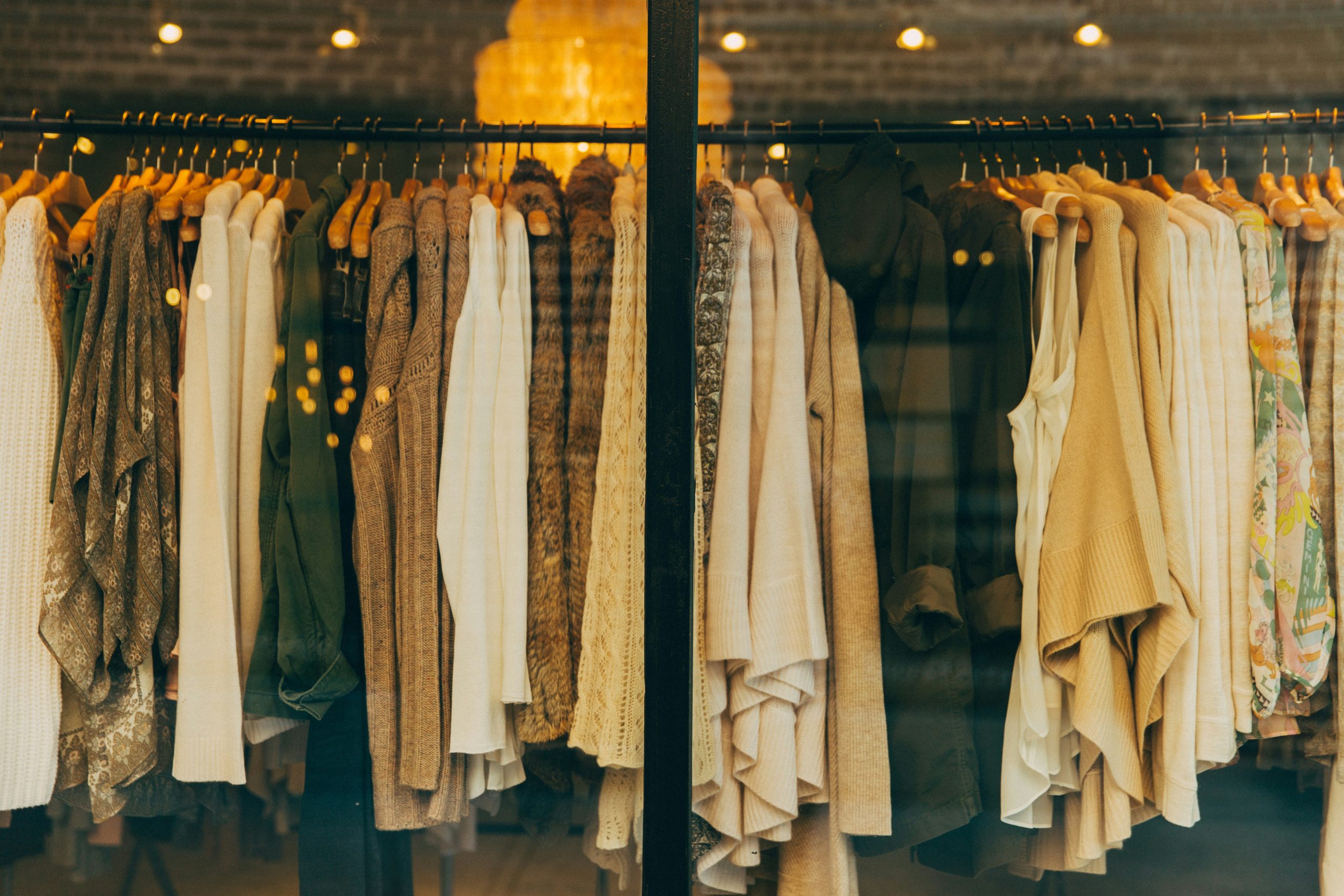The Evolution of Fashion and Apparel: A Timeless Trend

Fashion and apparel have always been an integral part of human culture. From the earliest civilizations to the modern era, clothing has been a means of expressing one’s identity, social status, and personal style. The history of fashion is a reflection of societal changes, technological advancements, and artistic innovations.
In ancient times, clothing was primarily worn for protection and modesty. The earliest known garments were made from animal skins, plants, and other natural materials. As societies became more complex, clothing began to serve as a symbol of wealth, power, and social hierarchy. In ancient Egypt, for example, only royalty and nobility were allowed to wear certain fabrics and colors.
The Middle Ages saw the rise of elaborate and ornate clothing styles, with rich fabrics, intricate embroidery, and luxurious accessories. Fashion became a way for the aristocracy to display their wealth and status, while also adhering to religious and societal norms. The Renaissance period brought a renewed interest in classical art and literature, leading to a revival of ancient Greek and Roman clothing styles.
The Industrial Revolution in the 18th and 19th centuries brought significant changes to the fashion industry. Mass production techniques enabled the production of ready-to-wear clothing, making fashion more accessible to the general public. The rise of department stores and fashion magazines further popularized new trends and styles.
The 20th century saw the emergence of fashion designers as celebrities and trendsetters. Icons such as Coco Chanel, Christian Dior, and Yves Saint Laurent revolutionized the industry with their innovative designs and avant-garde styles. The post-war era brought a new sense of freedom and individuality, leading to the rise of youth culture and countercultural movements.
Today, fashion and apparel continue to evolve and adapt to changing tastes and trends. The rise of fast fashion brands and online retailers has made clothing more affordable and accessible than ever before. Social media influencers and celebrities play a significant role in shaping consumer preferences and driving sales.
Despite these changes, the essence of fashion remains timeless. Clothing is not just a necessity but a form of self-expression and creativity. Whether it’s a classic little black dress, a trendy streetwear ensemble, or a vintage-inspired outfit, fashion allows us to tell our story without saying a word.
As we look to the future, one thing is certain: fashion and apparel will continue to inspire, delight, and surprise us. Whether we’re following the latest trends or marching to the beat of our own drum, clothing will always be a reflection of who we are and who we aspire to be.
